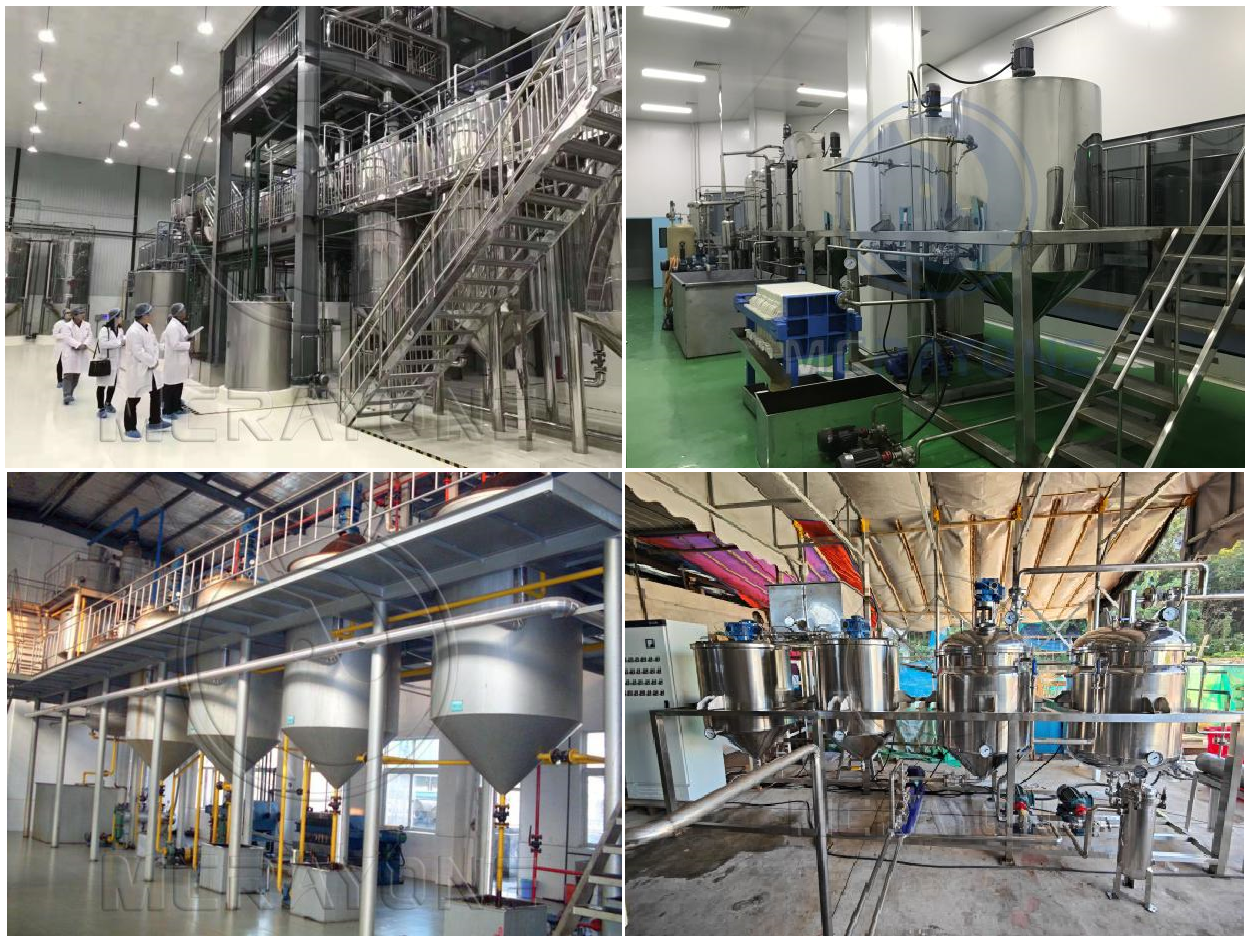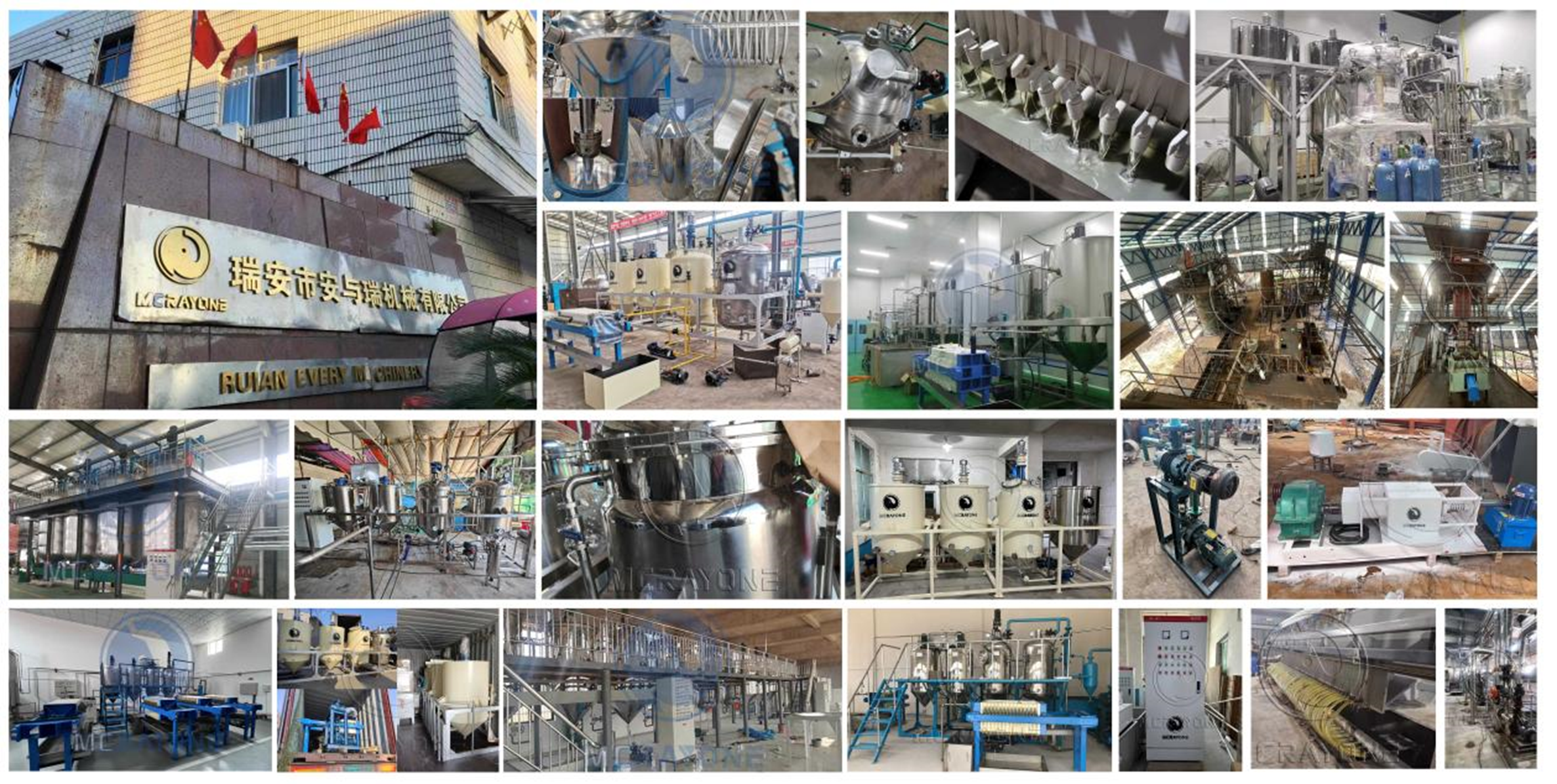
Presentation:
Common impurities in unrefined vegetable oils include residual cake particles, colloidal impurities, free fatty acids, pigments and substances that produce off-flavors. The purpose of refining is to effectively separate and remove these impurities present in the pressed crude oil to make it more suitable for consumption and storage. This refining process improves the edible value and marketability of the oil by improving its quality.
During the refining process, cake particles and soluble impurities are effectively filtered and precipitated. At the same time, the concentration of free fatty acids is reduced, improving the taste and stability of the oil. Pigments and odor-causing substances are also removed, improving the appearance and aroma. In essence, the refining process plays a vital role in producing refined edible oils that meet high quality standards, ensuring their safety and consumer appeal.
From a professional perspective, we can distinguish between simi and full refining systems:
|
Simi refining
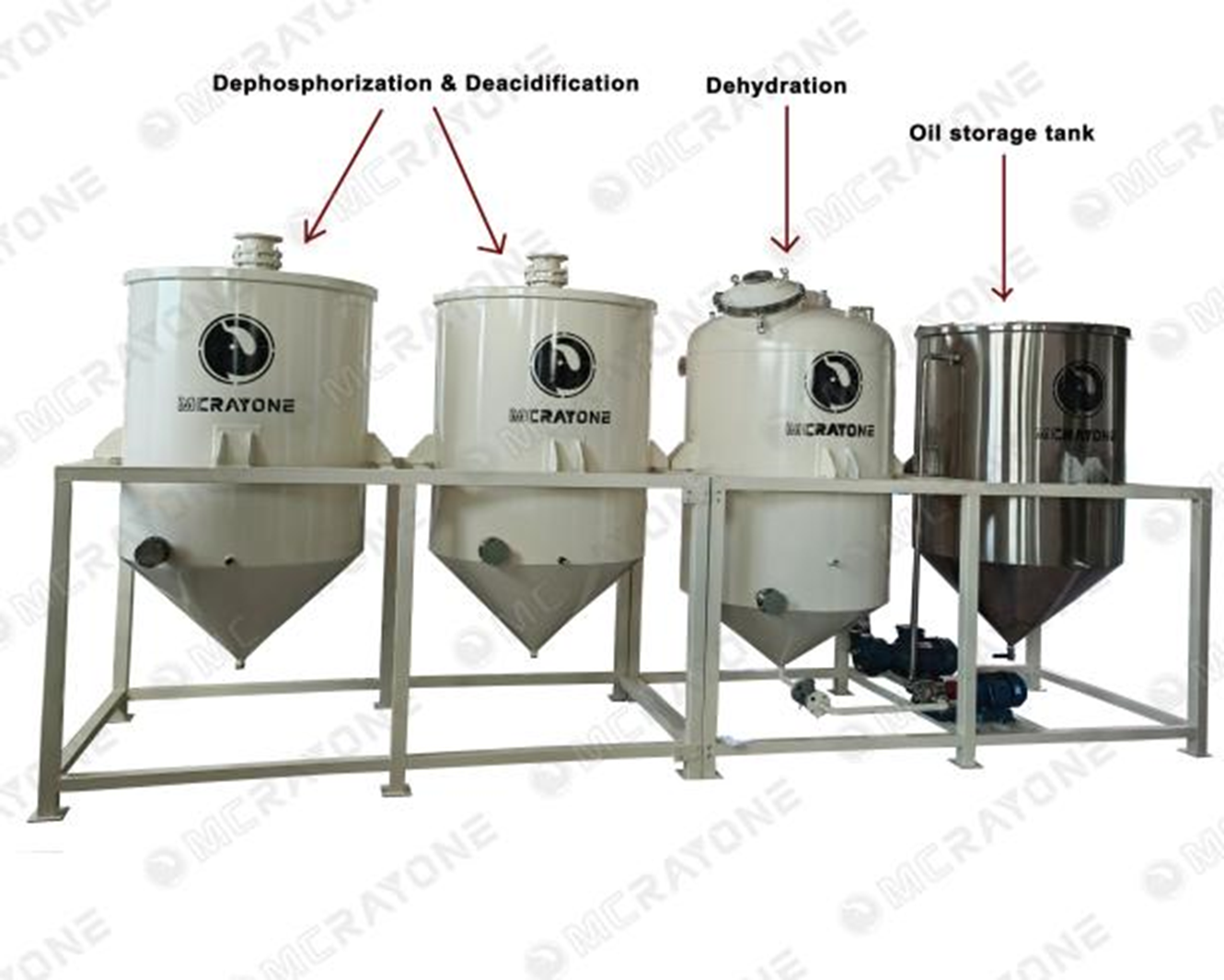
|
1. Functions: Dephosphorization- Deacidification- Dehydration.
2. It will not produce significant changes in the color or smell of the oil.
3. With the help of vacuum dehydration function, alkaline substances that are difficult to decompose can be removed, thereby extending the shelf life of the oil.
4. Because the degree of refining is relatively low, some nutrients can be preserved in the processed oil.
|
|
Full refining

|
1. Functions: Dephosphorization- Deacidification- Decolorization & Dehydration- Deodorization- (Dewaxing or Fractionation).
2. The decolorization step not only reduces the red index, but also acts on Aspergillus flavus, thereby making the color of the treated oil transparent.
3. The deodorizing tank is made of stainless steel and can remove the special smell in the crude oil under absolute vacuum.
4. Use high-quality Roots pump units to ensure decolorization and deodorization effects.
5. The oil processed by the full refining system has excellent quality, clear color, and no unpleasant odor. The finished oil meets EU standards.
6. The shelf life of the oil reaches two to three years.
|
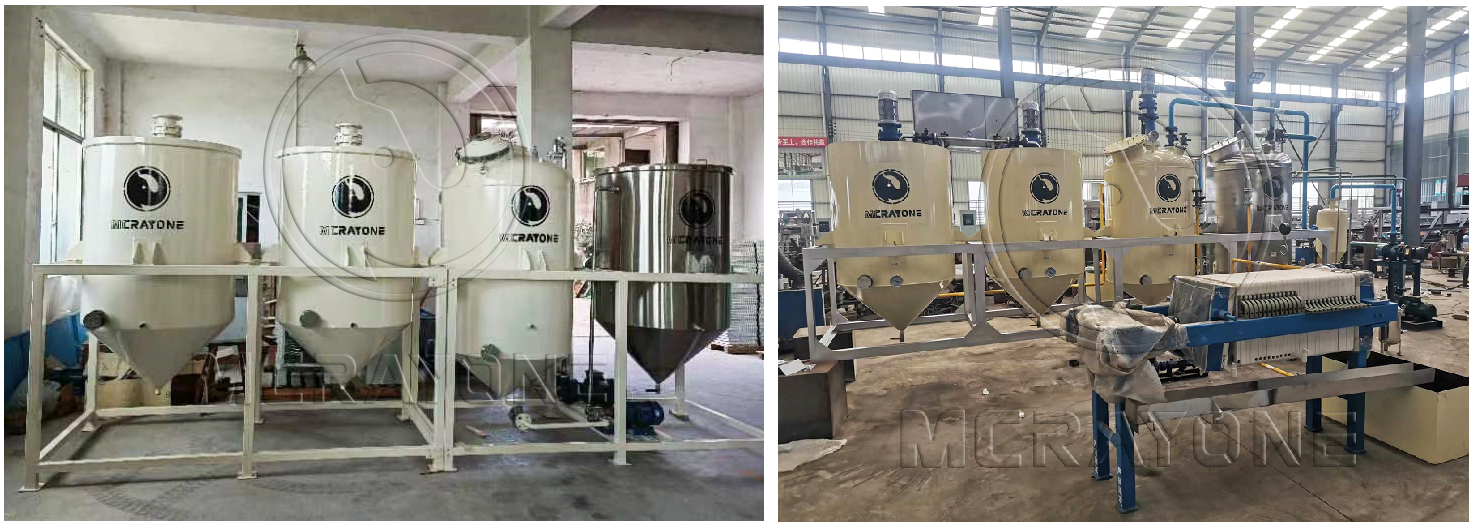
Here, we focus on explaining the full refining process, as this is the choice of most food oil factories.
Its main steps:
1.Dephosphorization and deacidification: the main purpose is to remove the phosphorus and free fatty acids in crude oils. The reason for this is that too high phosphorus content not only affects the quality and stability of oils, but also reduces its nutritional value. Moreover, free fatty acids will increase the sour taste of oils. In this step, we usually use alkaline solutions to react with oils and fats. Specifically, when the oil temperature in the refining tank reaches the required temperature, we fill in alkaline water and stir, then after settling for a few hours, we release the saponins. Then we add hot water and rinse to remove the residual alkaline substances and saponins in the water, and repeat this procedure about 2 times. In the end, we can use a heating test to check whether the standard is met.
2.Decolorization and dehydration: bleaching is to remove the miscellaneous colored substances in the crude oil to make it transparent and clear. Usually activated clay or activated carbon is used as an adsorbent to absorb and remove the pigments in the oil. This process takes place in a vacuum tank, the activated clay is pumped in, to mix and react with the oil, and when the temperature drops below 70°C, it is filtered using a plate and frame filter. This step eliminates aflatoxins, residual pesticides, etc. Dehydration also occurs in this tank, as the high temperature causes the water to evaporate, leading to dehydration.
3.Deodorization: high temperature steam deodorization is usually used, which helps to volatilize and remove odorous substances in the oil, giving the oil a fresh smell. To elaborate, the deodorization process requires a vacuum and high temperature environment. The principle is to extract steam from water through a steam generator to allow the steam to fully contact the oil. During the whole process, odorous substances are extracted through water vapor and condensed in the catcher. Finally, we get pure oil. When the temperature of the refined oil after treatment drops below 70°C, it is finally filtered through a fine filter to obtain the final product.
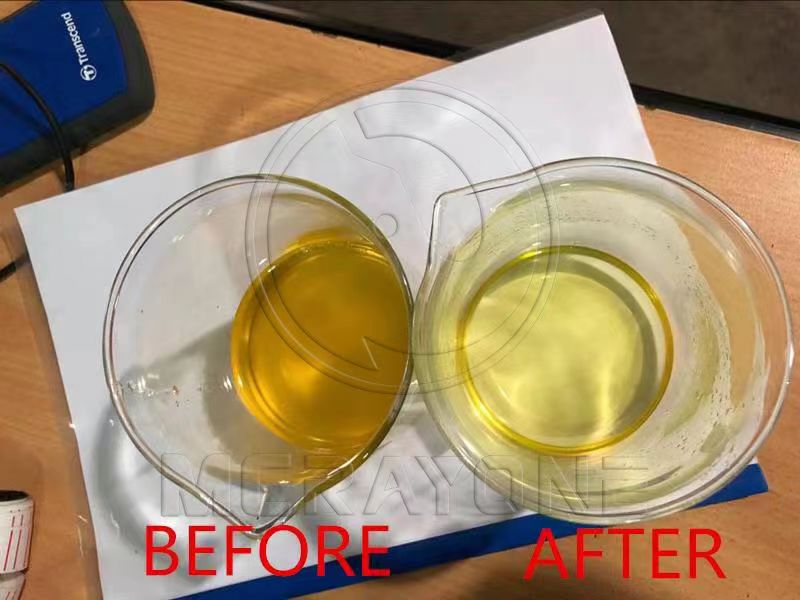
All, after the above several steps, the crude oil is processed into high-quality edible oil with high commercial value. However, it should be noted that for some crude oils, such as sunflower seed oil, palm oil, etc., due to their characteristics, after full refining, it is recommended to dewax (sunflower seed oil) or fractionate (palm oil) to further improve their stability. If you want to know more detailed information about this, please contact us.
Our Implementations:
